The mysterious device known as the Antikythera Mechanism has been puzzling scientists ever since it was discovered 115 years ago in an underwater shipwreck dating to about 70 BC. It has been called an “ancient computer,” an “astronomical calculator,” and a “mechanical cosmos.” While its importance was recognized almost immediately, unlocking the secrets of the device (which is extremely corroded) took over a century. The latest breakthroughs in understanding its inner workings were accomplished by an international team of researchers founded in 2005 called the Antikythera Mechanism Research Project.
Xenophon Moussas is professor of physics at the National and Kapodistrian University in Athens as well as a member of the Antikythera Mechanism Research Project and he joins us to shed light on this marvel from the ancient world. His book (available in Greek) is: The Antikythera Mechanism: “Pinax”.
To see 3d images of the device as well as x-ray scans, visit the Project's official page at https://www.antikythera-mechanism.gr.
Also check out the amazing YouTube channel “Clickspring” to see a clockmaker building a replica of the mechanism piece by piece.
There were similar devices in antiquity that were spherical in shape. Cicero, for example, describes "spheres" of Archimedes. Michael Wright has constructed a working model of such a device.
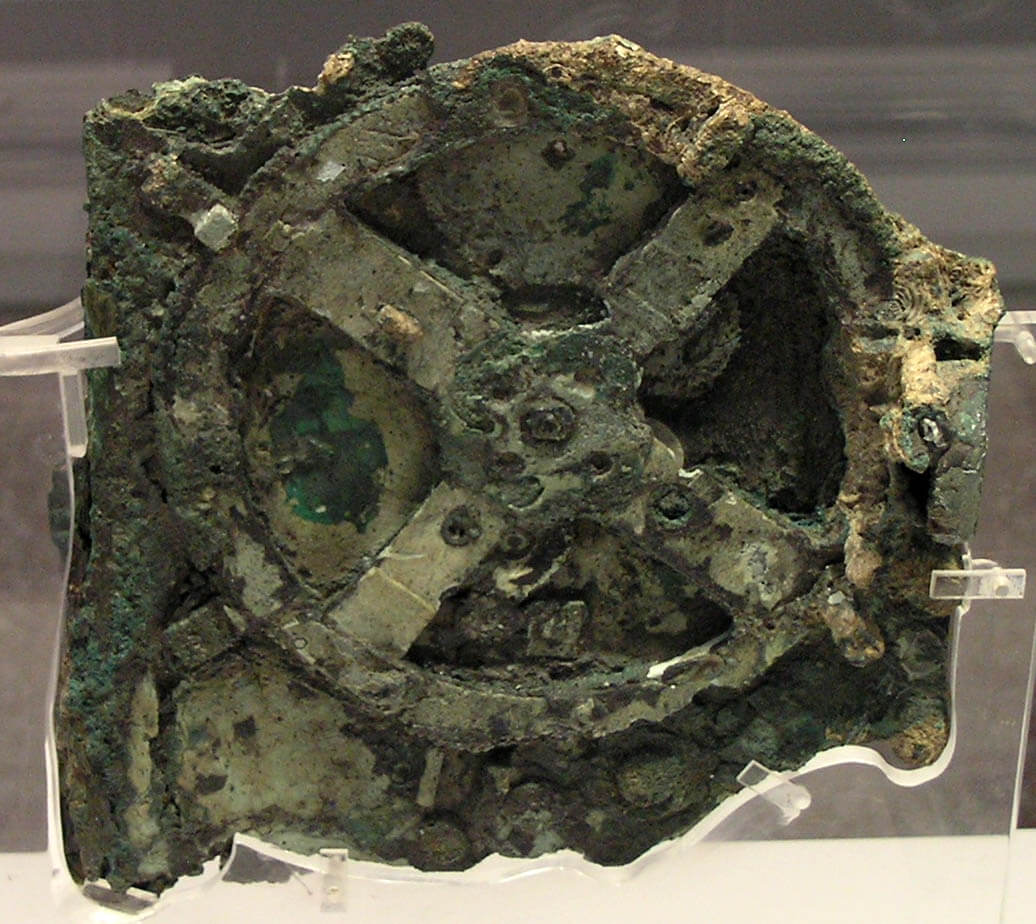
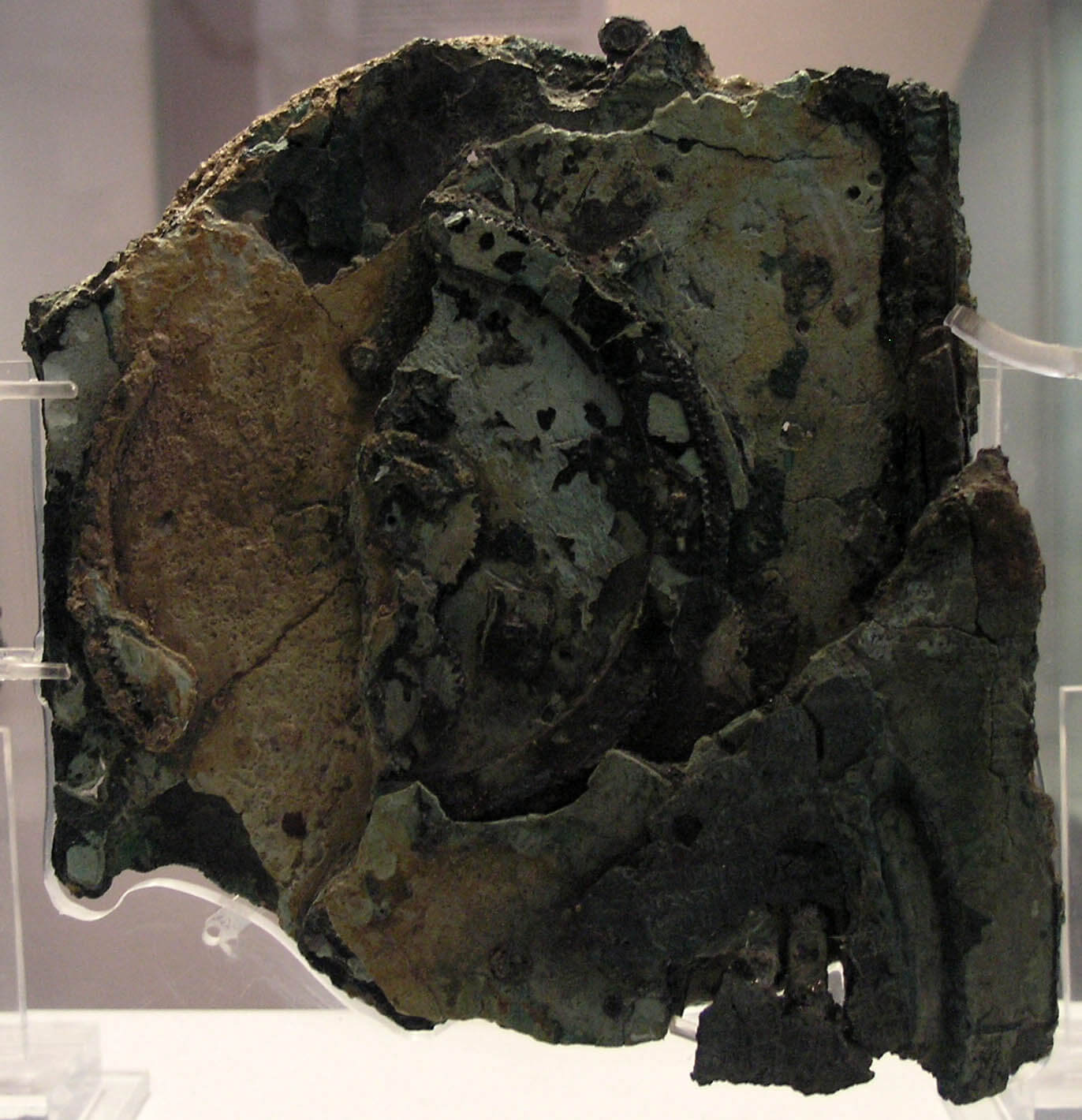
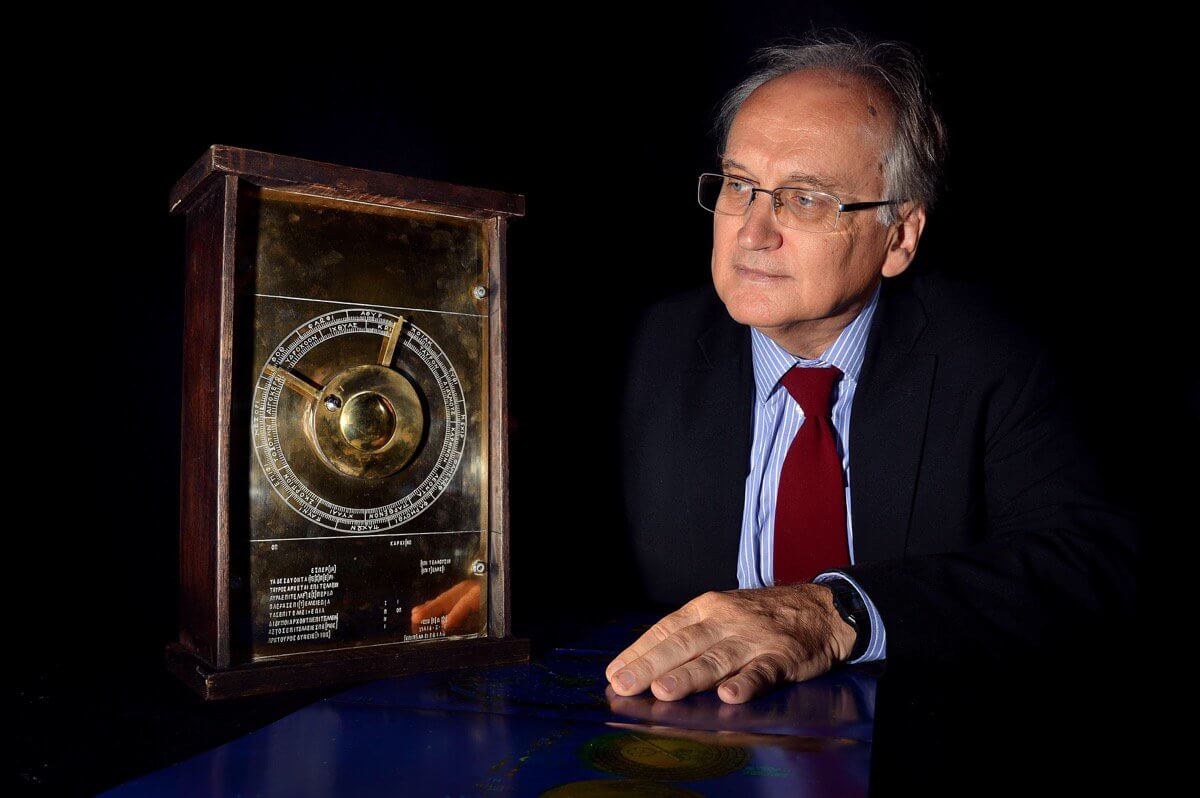
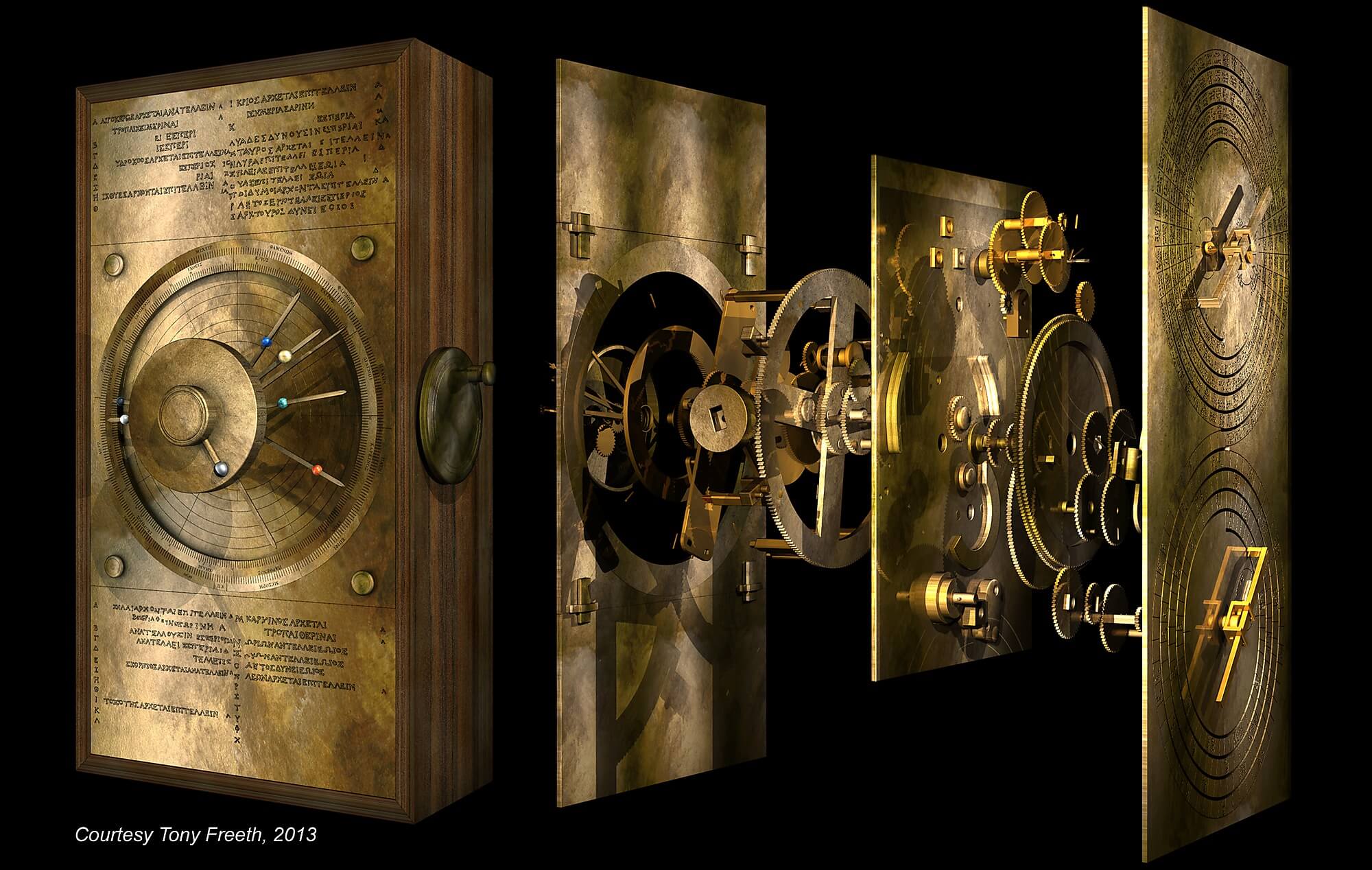
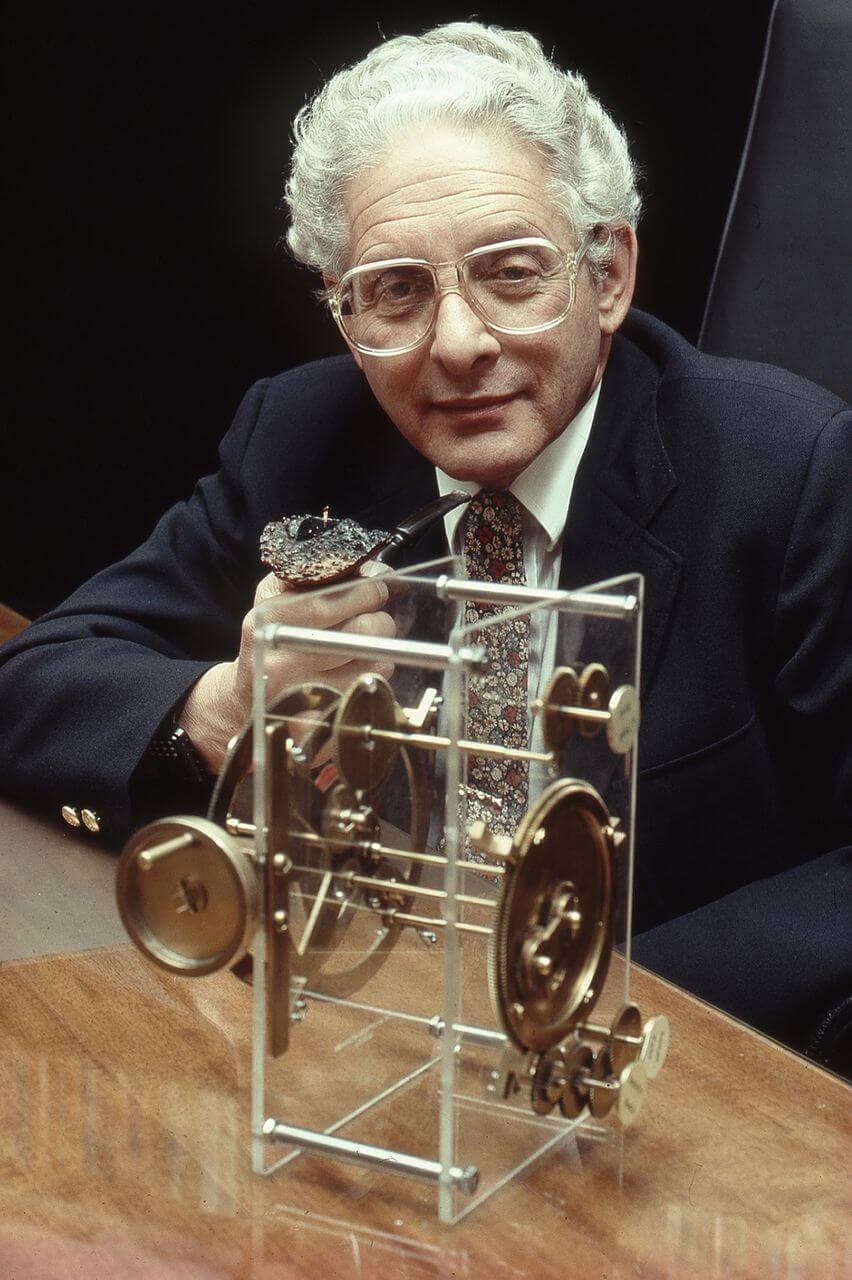

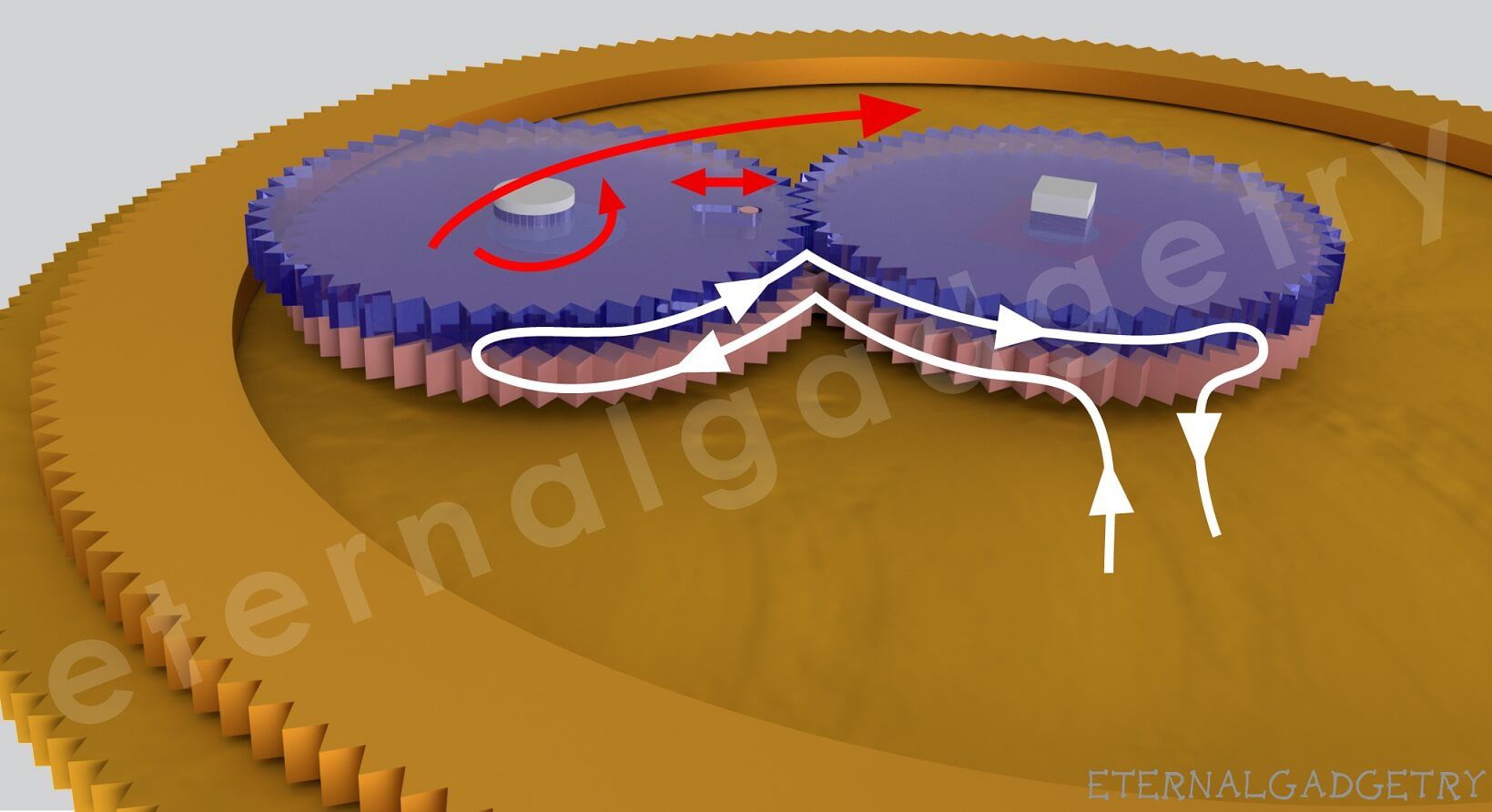
References:
Gears From the Greeks: The Antikythera Mechanism, a Calendar Computer from Ca 80 B.C. by Derek De Solla Price
A Portable Cosmos: Revealing the Antikythera Mechanism, Scientific Wonder of the Ancient World, by Alexander Jones
Decoding the Heavens: A 2,000-Year-Old Computer--and the Century-long Search to Discover Its Secrets, by Jo Marchant
